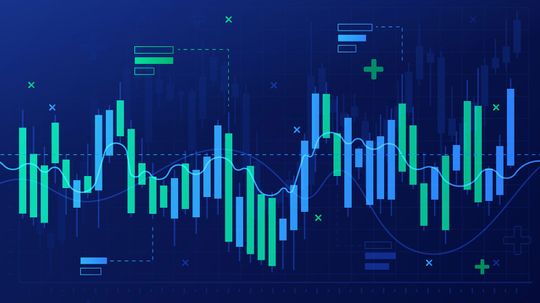In an era where economic stability is paramount, the recent inversion of the U.S. yield curve has sparked apprehension among those who closely monitor recessionary indicators. This phenomenon, which occurs when short-term interest rates surpass long-term rates, has historically foreshadowed periods of financial turmoil and economic contraction.
A Harbinger of Economic Turbulence
When examining the implications of a U.S. yield curve inversion, one must delve into its historical significance as a harbinger of economic turbulence. Throughout history, this peculiar occurrence has often preceded recessions by approximately 12 to 18 months.
By analyzing past instances such as the inversions preceding both the dot-com bubble burst in 2000 and the global financial crisis in 2008, it becomes evident that this indicator should not be taken lightly. The inverted yield curve serves as an ominous signpost on our nation’s economic roadmap; cautioning us to brace ourselves for potential downturns ahead.
An Unsettling Reflection on Investor Sentiment
Beyond its predictive qualities, a U.S. yield curve inversion also reflects investor sentiment and market expectations regarding future growth prospects. As investors shift their capital towards longer-term bonds due to concerns over short-term volatility or diminishing confidence in near-future returns on investment, long-term yields decline while short-term yields rise – thus causing an inversion.
This manifestation suggests that investors are increasingly skeptical about current market conditions and anticipate weaker economic performance down the line. Their actions speak volumes about their lackluster faith in immediate profitability and serve as yet another cause for concern amongst recession watchers worldwide.
The Role of Central Banks
Central banks, as guardians of monetary policy, play a pivotal role in shaping the yield curve. By adjusting short-term interest rates and implementing various measures to stimulate or cool down the economy, they can influence the shape and direction of this crucial economic indicator.
However, when central banks find themselves with limited room for maneuvering due to already low interest rates or other constraints, their ability to counteract an impending recession becomes severely constrained. This predicament further exacerbates concerns surrounding a U.S. yield curve inversion and its potential ramifications on global financial stability.
A Call for Preparedness
In conclusion, the recent inversion of the U.S. yield curve should not be dismissed as mere happenstance but rather regarded as a clarion call for preparedness. As history has shown us time and again, this peculiar phenomenon carries significant weight in predicting economic downturns.
Vigilance is key; policymakers must remain alert to these warning signs and take appropriate action to mitigate potential fallout from an impending recession. Only through proactive measures can we hope to navigate these uncertain times with resilience and safeguard our economies against future turmoil.

